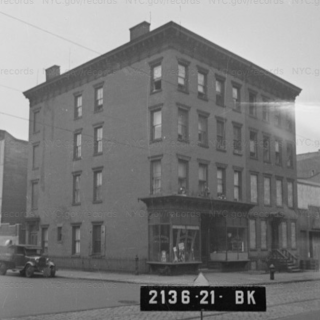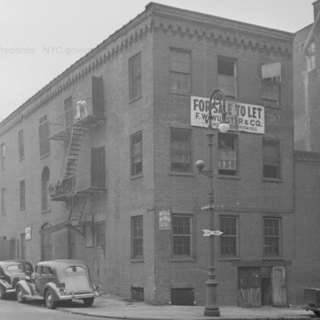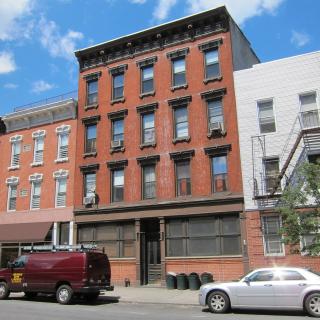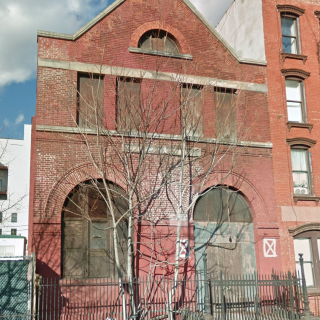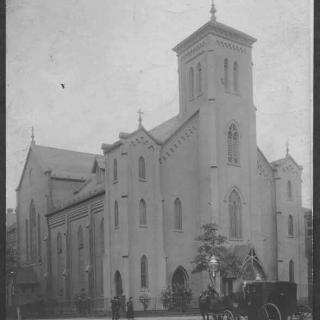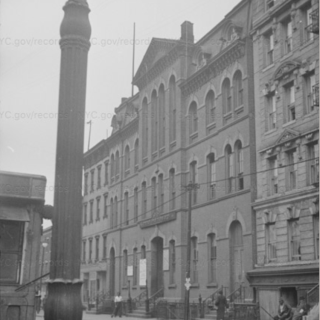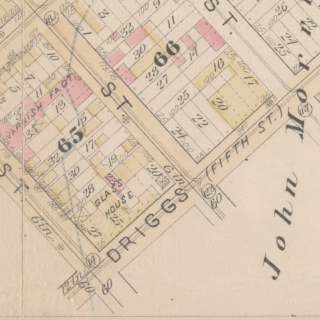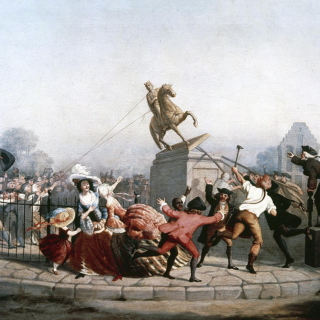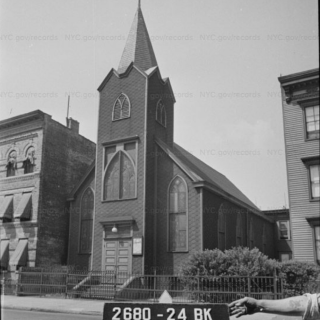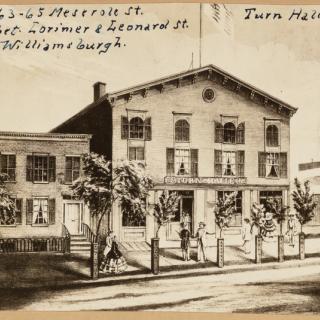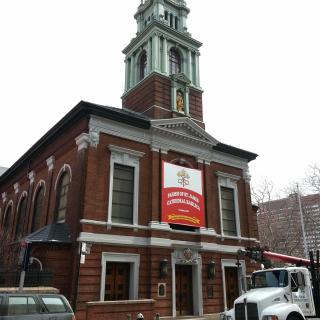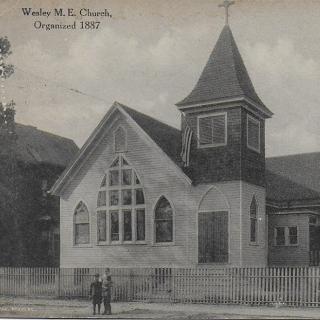“Buildings Projected,” Real Estate Record & Builders’ Guide 19, no. 477 (n.d.): 365.
New Entries
Originally constructed as a three story building, the top floor was removed after 1940. “Buildings Projected,” Real Estate Record & Builders’ Guide 19, no. 479 (n.d.): 413.
“Buildings Projected,” Real Estate Record & Builders’ Guide 19, no. 484 (n.d.): 514.
This building at 125 Eagle Street looks like it was once something, and sure enough it was. It was built in 1891 as the Children's Mission, a project of the Greenpoint Reformed Church on Kent Street. The Mission was established on November 20, 1881 as a Sunday school occupying a storefront on Eagle Street.
St. James Cathedral Basilica is the second church building to serve this parish. The first church was constructed in 1822 and was the first Roman Catholic church on Long Island. In 1852, St. James became the cathedral parish for the newly-established Diocese of Brooklyn under Bishop Loughlin.
The Wesley Methodist Episcopal Church of East New York was established in 1883. Shortly thereafter the congregation purchased a property on Berriman Street near Eastern Parkway (?) and constructed a church, only to find out that the title on the property was not clear.
Pagination
- Previous page
- Page 2
- Next page
